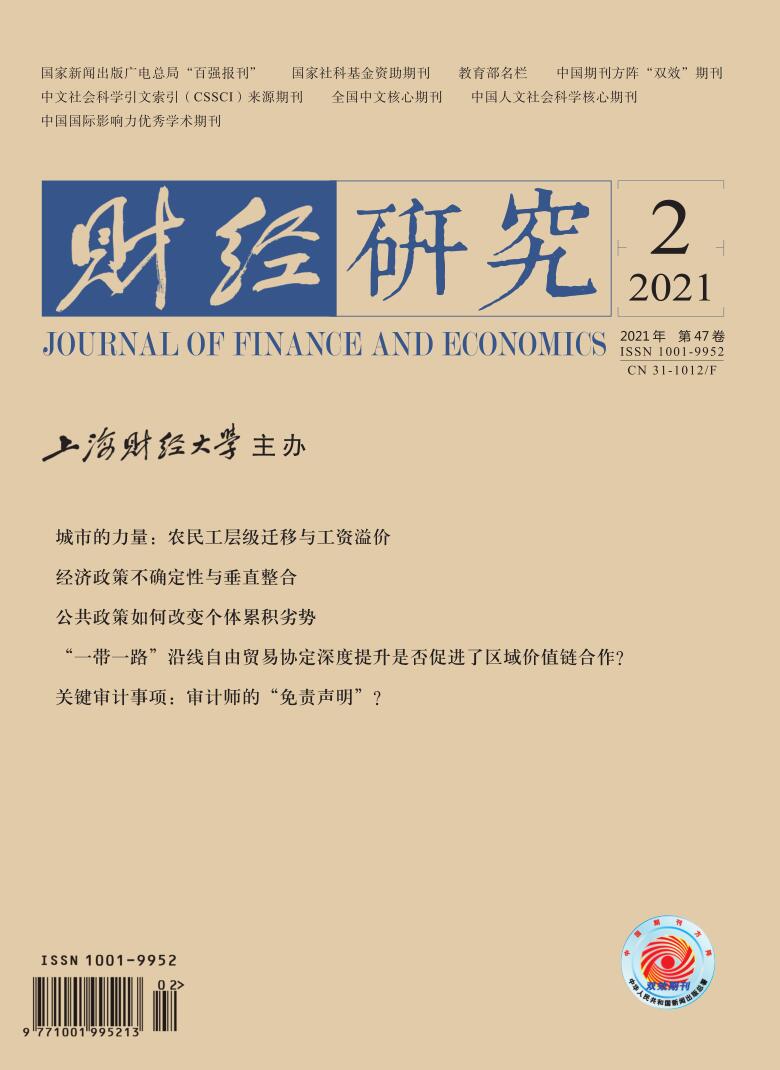In the past 40 years, the large-scale migration of rural labor forces to the city has made great contribution to the acceleration of industrialization and urbanization of China. However, with China’s entering the new period of high-quality development, the traditional industrialization mode is now experiencing upgrading and transformation, and the old way of rural urbanization is no longer applicable. In this context, it is notable that there has been a persistent tendency of the return of rural labor forces to their hometowns in recent years. Meanwhile, rural development is also essential for China’s economy. And as the Report of the 19th CPC National Congress pointed out, China should adhere to the strategy of Rural Revitalization. One question arises: Does this persistent going-back-home trend have the characteristics of promoting Rural Revitalization? Concretely, this paper aims to answer the question from the perspective of rural resource allocation efficiency.
The main contents are as follows: Firstly, this paper studies the causes of the going-back trend to identify its distinctiveness. Secondly, we investigate the land transfer and off-farm behavior of returnees, and further analyze the change which would be brought to the efficiency of the land and human resource allocation. The empirical study using the micro-data of 2013 “Thousand-Village Survey” finds that: (1) Different from the previous several temporal and passive going-home tides, the current migration is driven by both the “push” and “pull” factors, which is closely related to the current economic situation. (2) Due to their labor advantages, those going-back farmers tend to engage in and bring human capital to local off-farm industry. (3) The interesting thing is that these return migrants prefer to rent out their farmland, which therefore improves the land allocation efficiency. According to the findings, one possible policy suggestion is that, attracting excellent migrant workers back home and creating a good business and employment environment for them may be an effective way to promote Rural Revitalization in the future.
Compared with the existing literature, this paper not only pays attention to the new characteristics of the current return trend, but also studies its impact on the rural economy from the perspective of land-and-labor-resource allocation. Besides the off-farm behavior investigation, this paper also considers return migrants’ land transfer decisions and the simultaneity between professional choices and land transfer. In addition, the exploration of selection preference and productivity advantages of return migrants provides further evidence for the significant effect of the backflow on rural economy from the perspective of human capital allocation.





 6624
6624  9588
9588

